Lake Kerkini
Greece
We arrived at Lake Kerkini before sunrise, totally tired after a night of travel with no sleep. But even in that exhausted state, something shifted as we stepped onto the edge of the wetlands. The lake was waking up, and with it, so were we. There was no grand fanfare - just the hush of reeds in the wind, the distant trill of birdsong, and the stillness that only nature untouched can hold. The sounds of Limni Kerkini were refined, yet energizing. They carried a kind of wild rhythm, as if the land itself was exhaling. We were here for wildlife photography, and it was instantly clear - we had come to the right place.
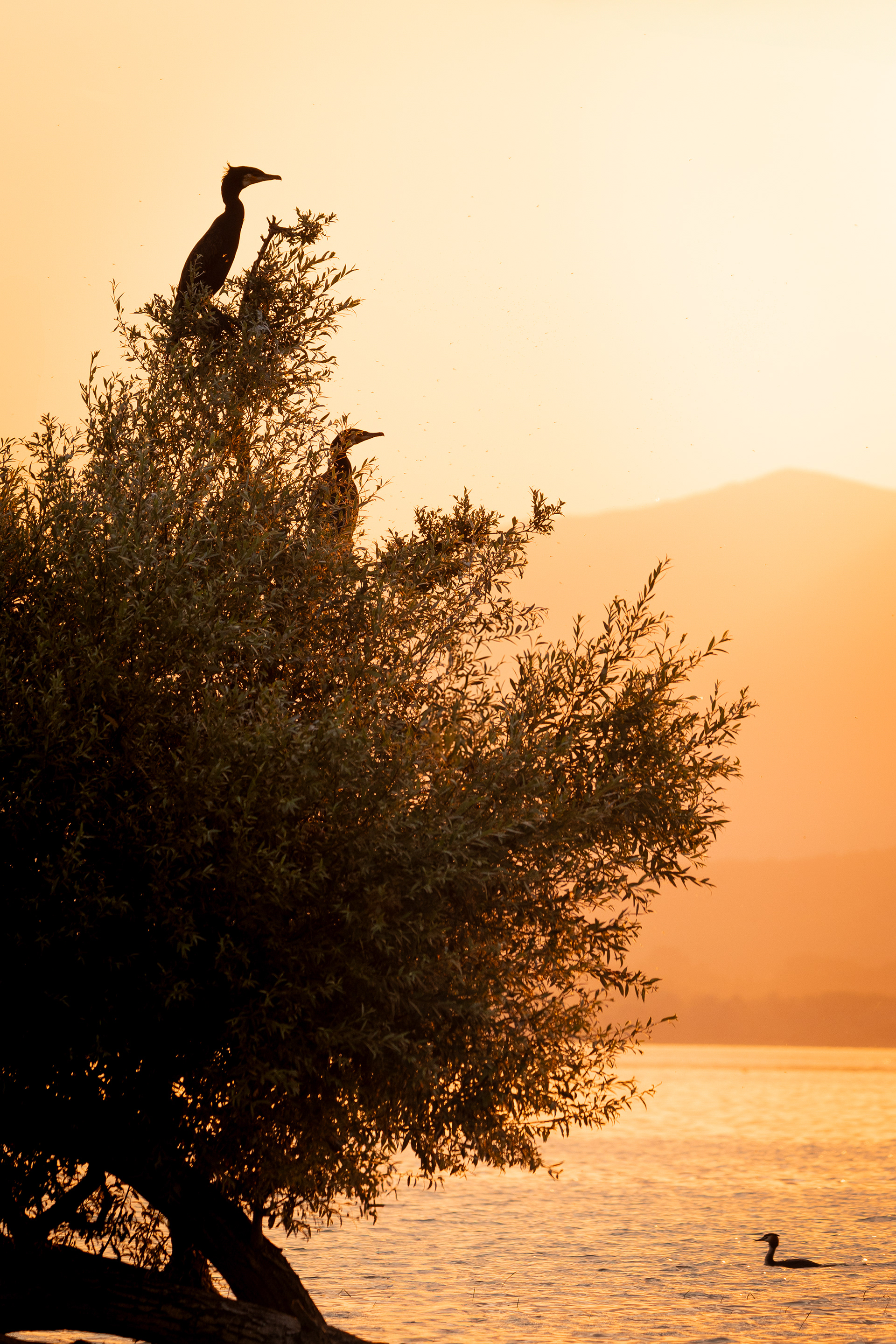
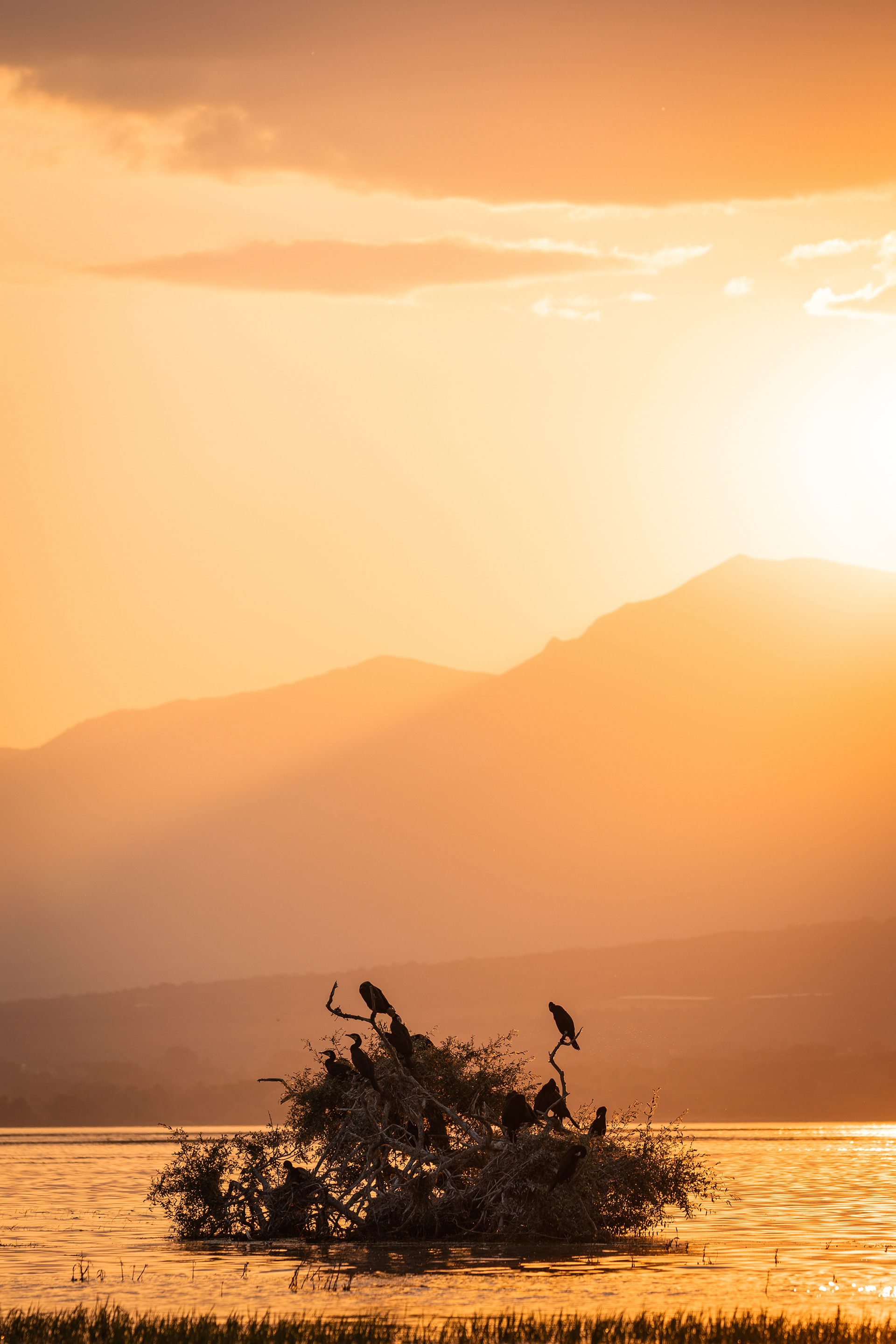
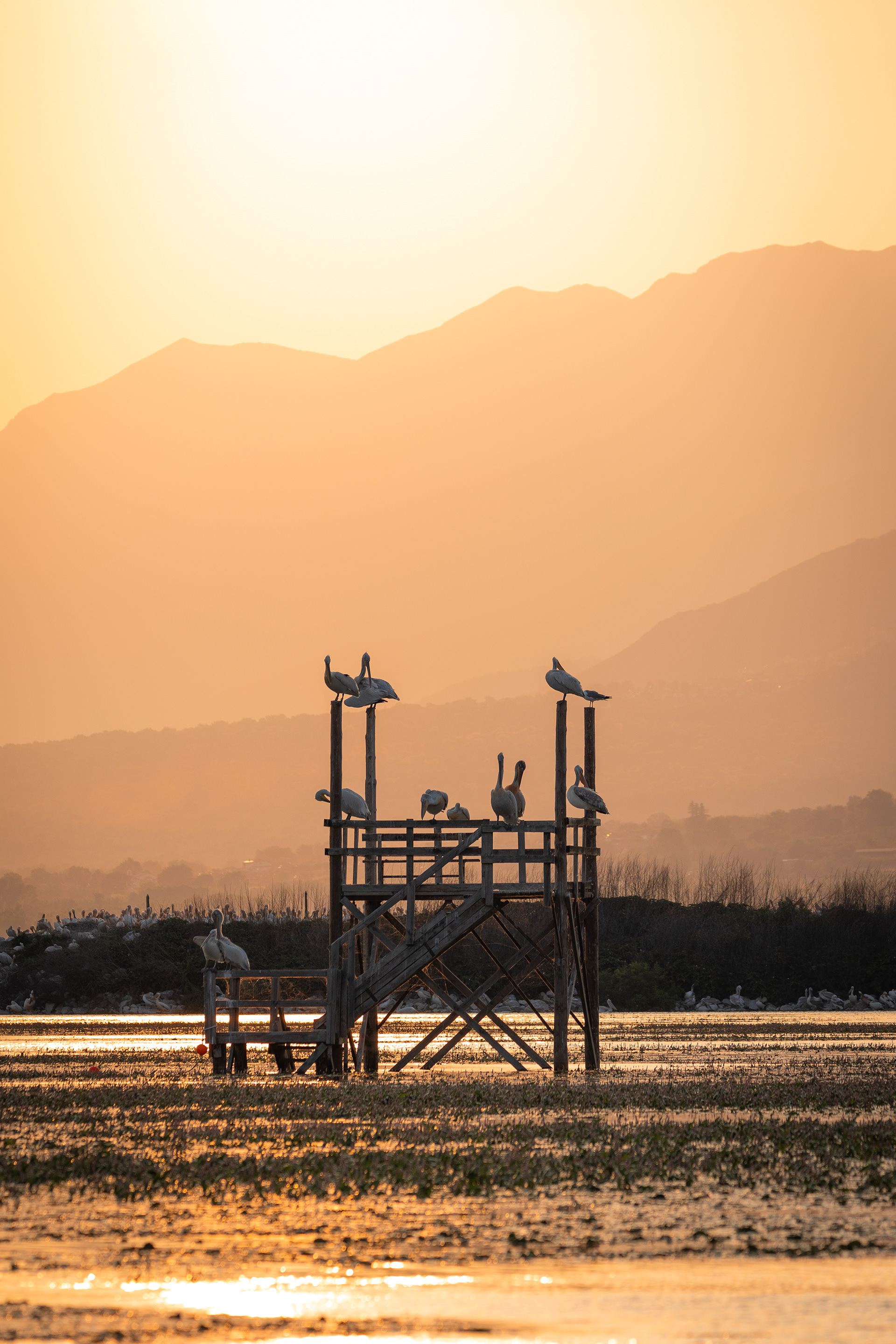
By mid-morning, the sun had begun its rise, and with it came a pink haze. It gave us the ability to feel the place with our eyes not only ears! And later when the temperature reached probably 40°C, we enjoyed even the spiders here. Although they were roaming every tree and bush it felt like anything but a scary scene... it was a fairytale of cobwebs and little, sometimes not so little spiders.
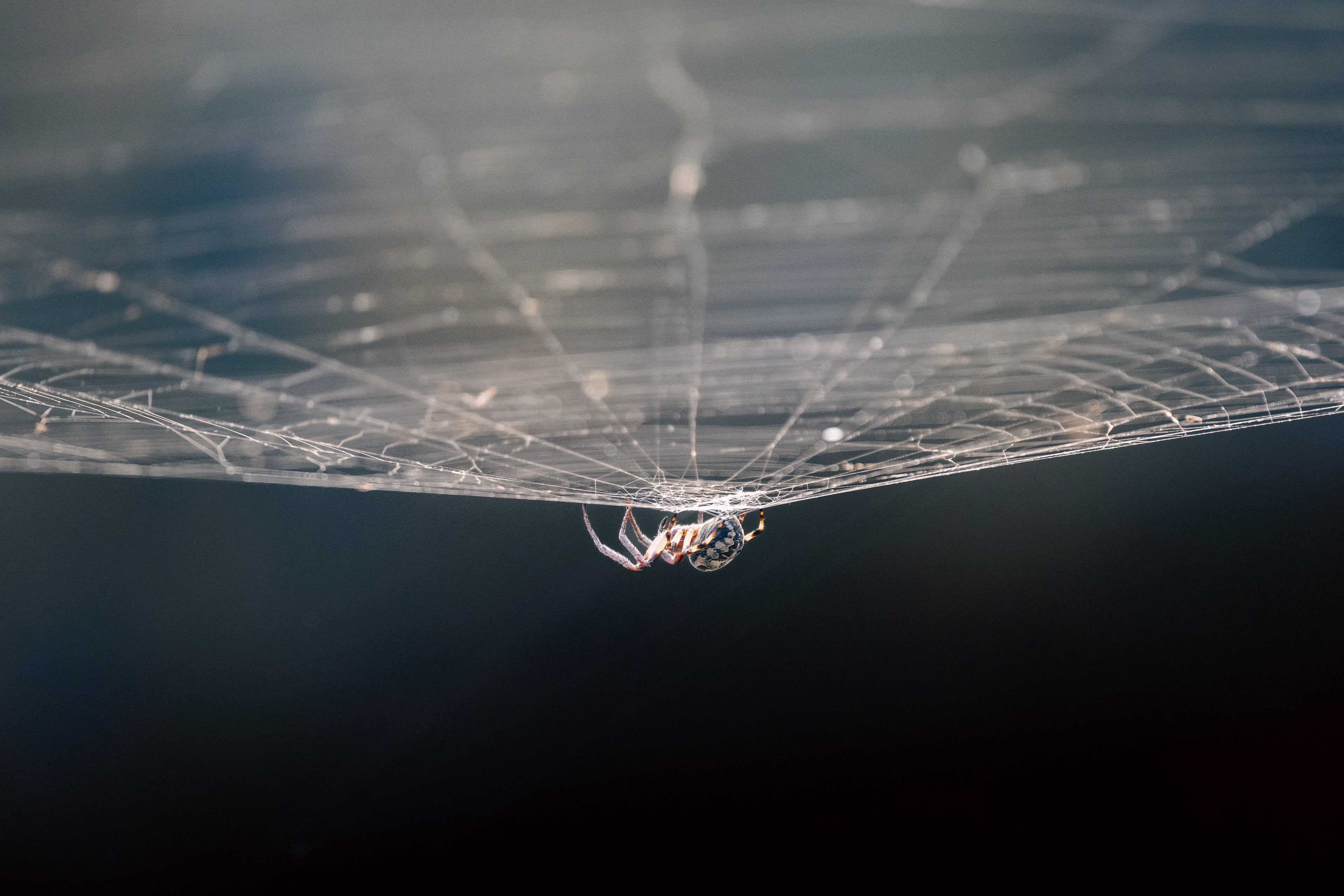
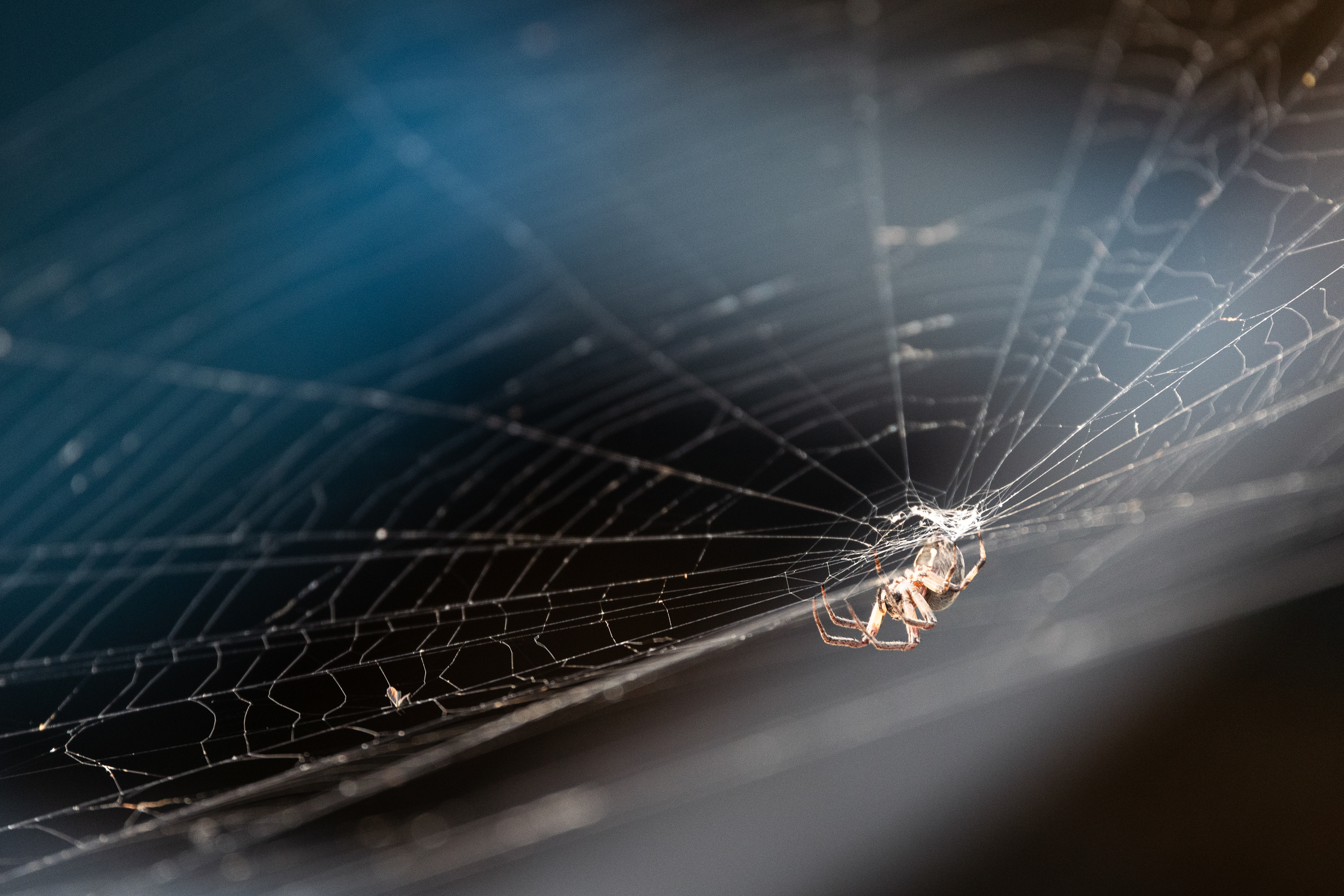
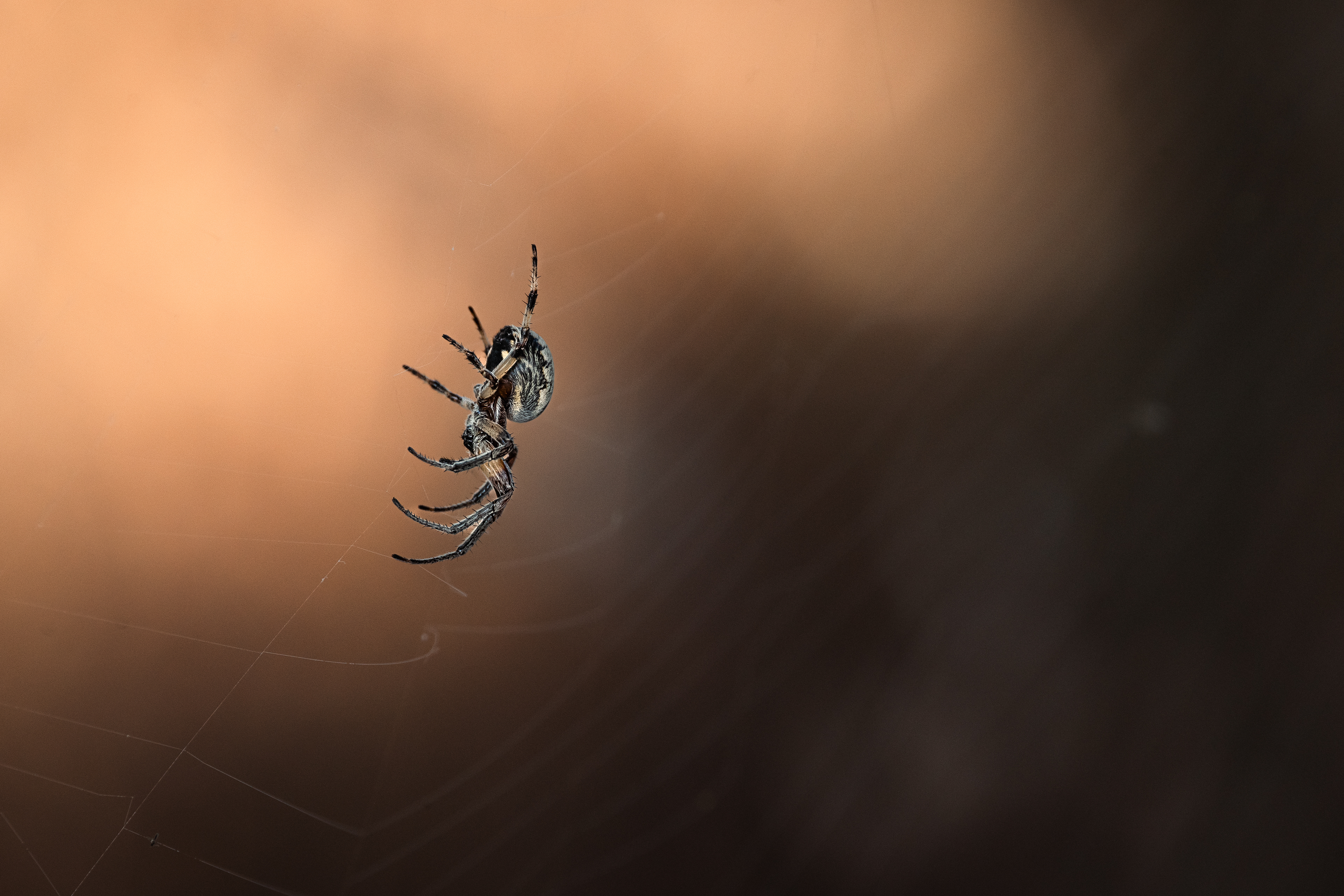

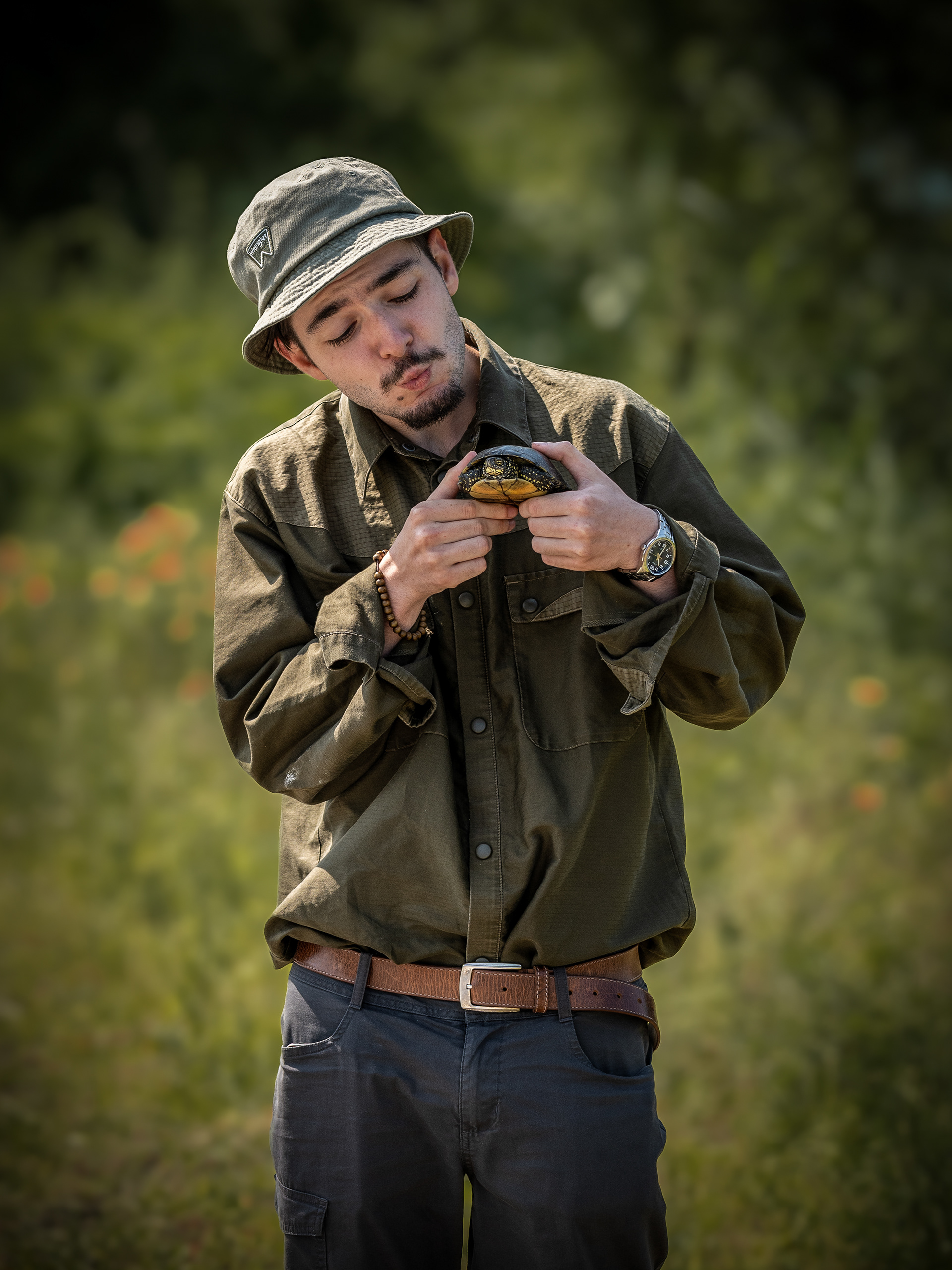
In the late afternoon we approached to the lake docks where captain Nicko took us to the core of the lake, where the facts like "thousands of birds live in Kerkini", felt absolutely real! We weren't at place to observe the variety of species, but to photograph and feel their lives, and we did! With the end of the day during sunset, our captain showed us the real Kerkini - storks, spoonbills, herons, pelicans, cormorants, ibises, grebes, coots, moorhens, terns, and so much more.
Herons
Kerkini is home to multiple heron species. The Grey Heron is tall, with a dagger-like bill and a calm, patient hunting style - tanding motionless before striking at fish. The Little Egret (Egrets do not form a biologically distinct group from herons and they tend to be named differently because they are mainly white. Herons, by evolutionary adaptation, have long beaks.) is smaller, all-white, and often more active, using its feet to stir prey from the mud. Both species rely on the lake’s rich shallows and reedbeds, often nesting in mixed colonies. In Kerkini all of the following can be seen: the little egret, the great white egret, the purple heron, the grey heron, the night heron, the squacco heron.
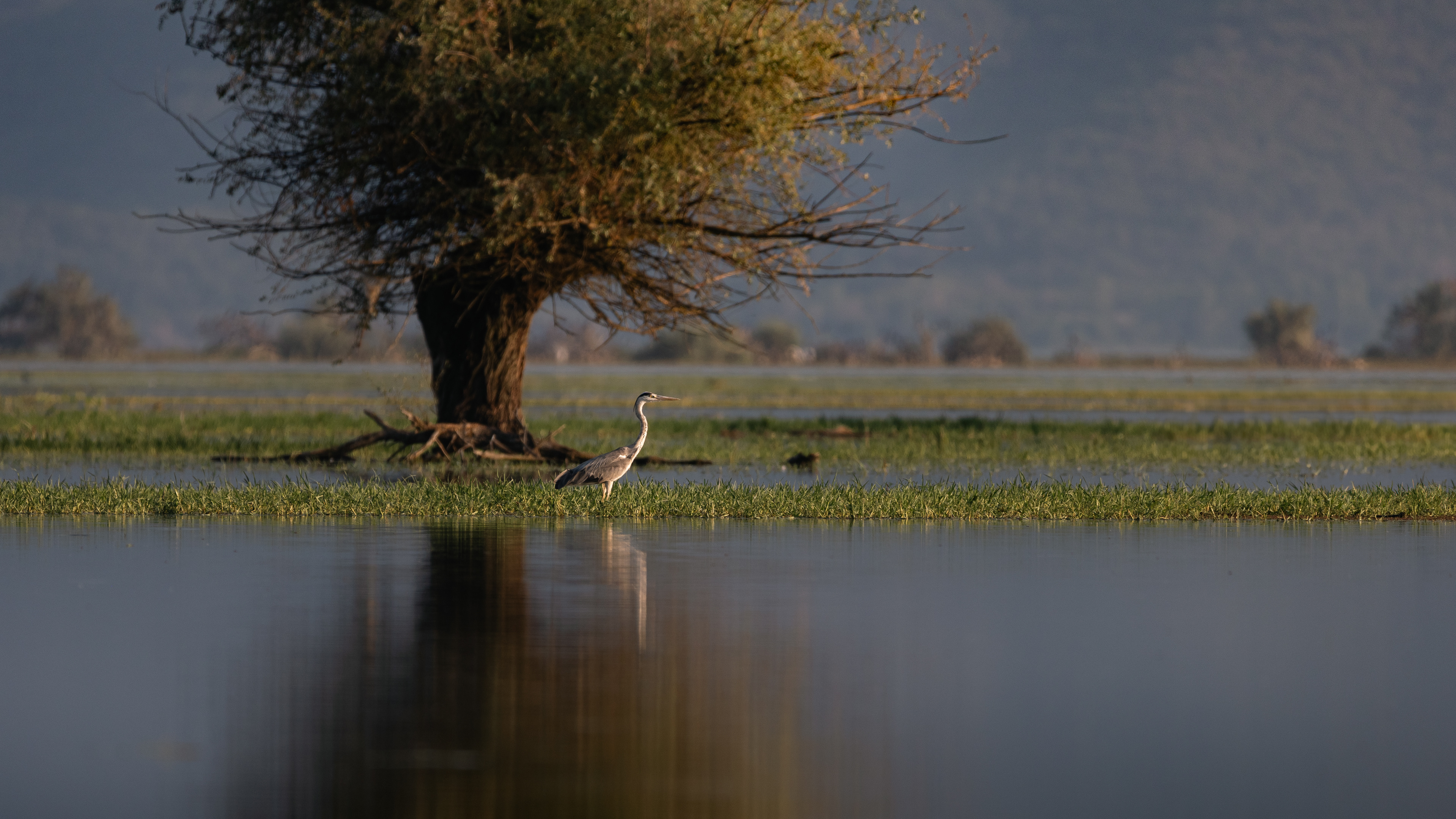
Eurasian Spoonbill
Eurasian Spoonbills are instantly recognizable by their long, flat spoon-shaped bills, which they sweep side to side in shallow water to catch insects and small fish. These white wading birds are typically found in flocks and Kerkini provides ideal feeding and nesting habitats for them in spring and summer.
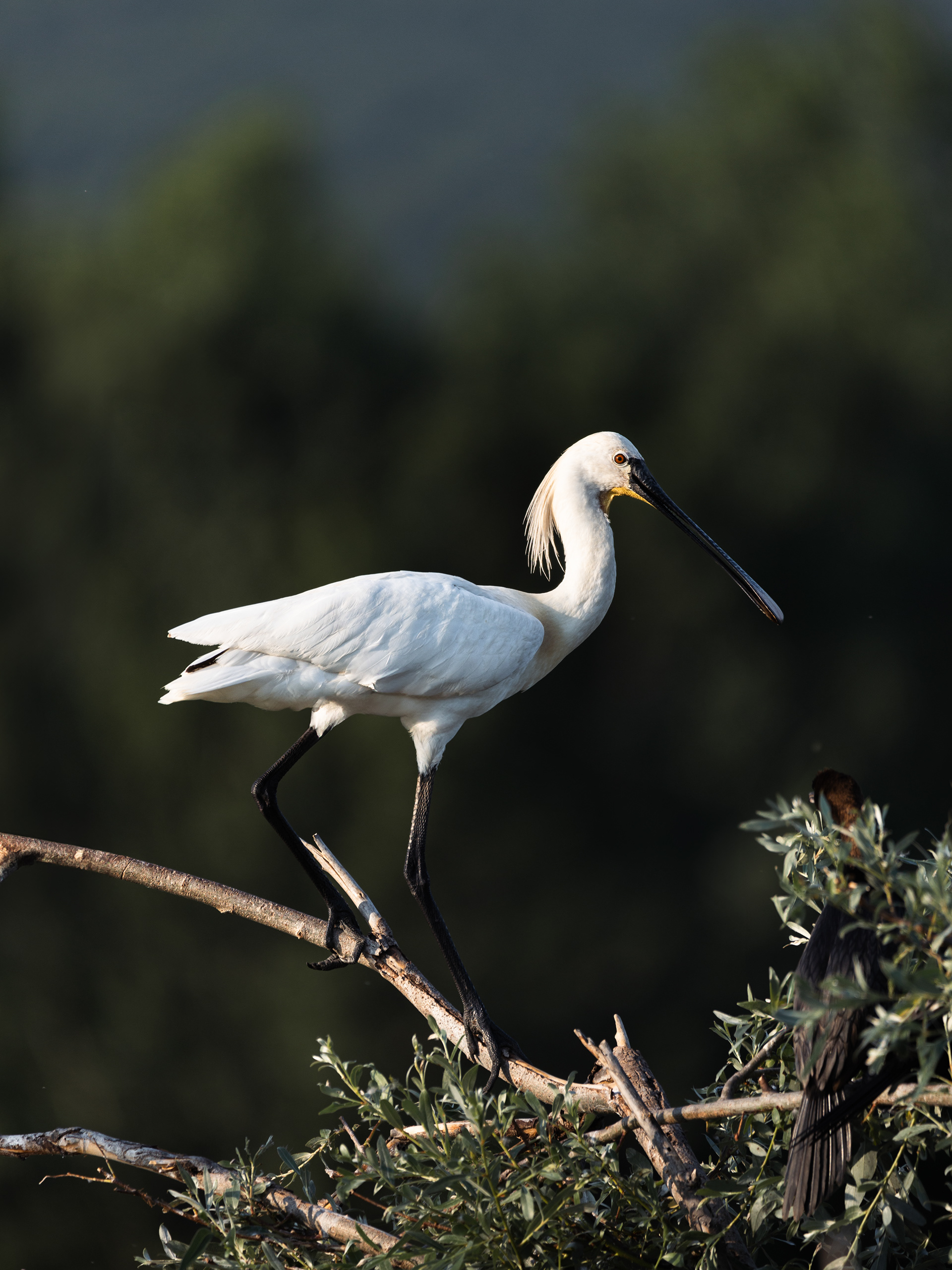
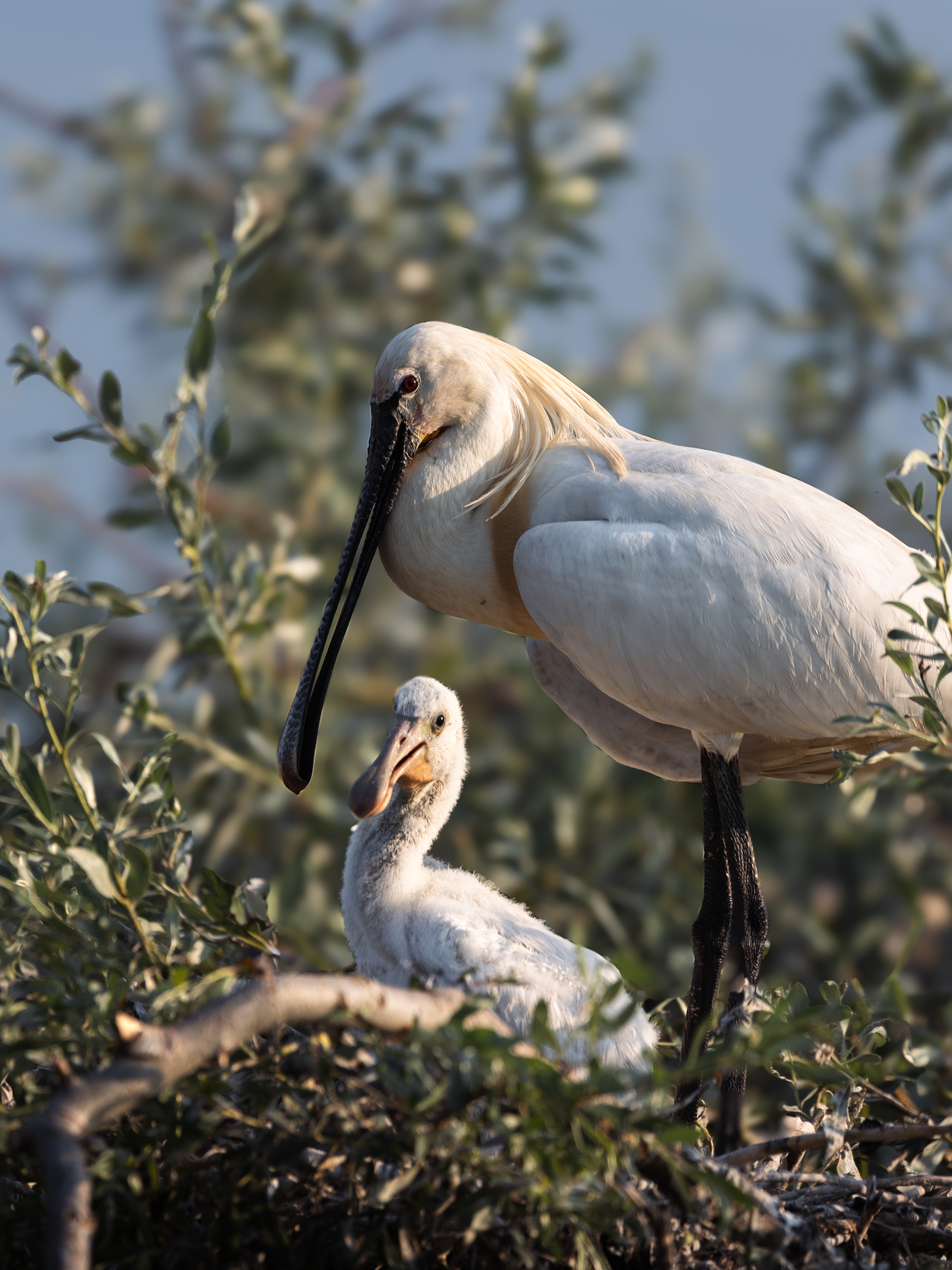
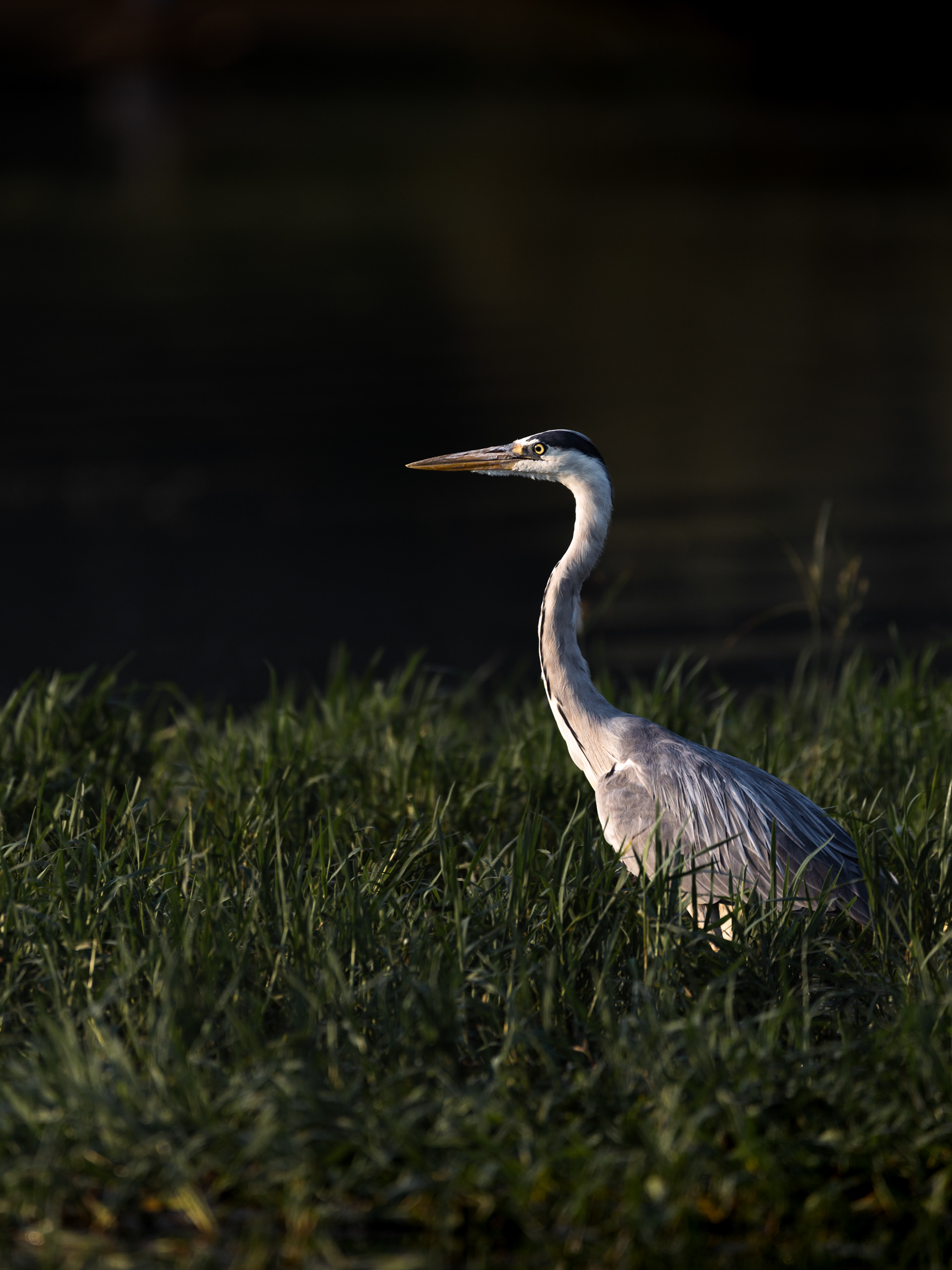
Crested Grebe
The Crested Grebe is a striking water bird that carries its little ones on their back. They are excellent swimmers and divers.
Glossy Ibis
The Glossy Ibis is a medium-sized wader (swamp bird). They forage in shallow waters.
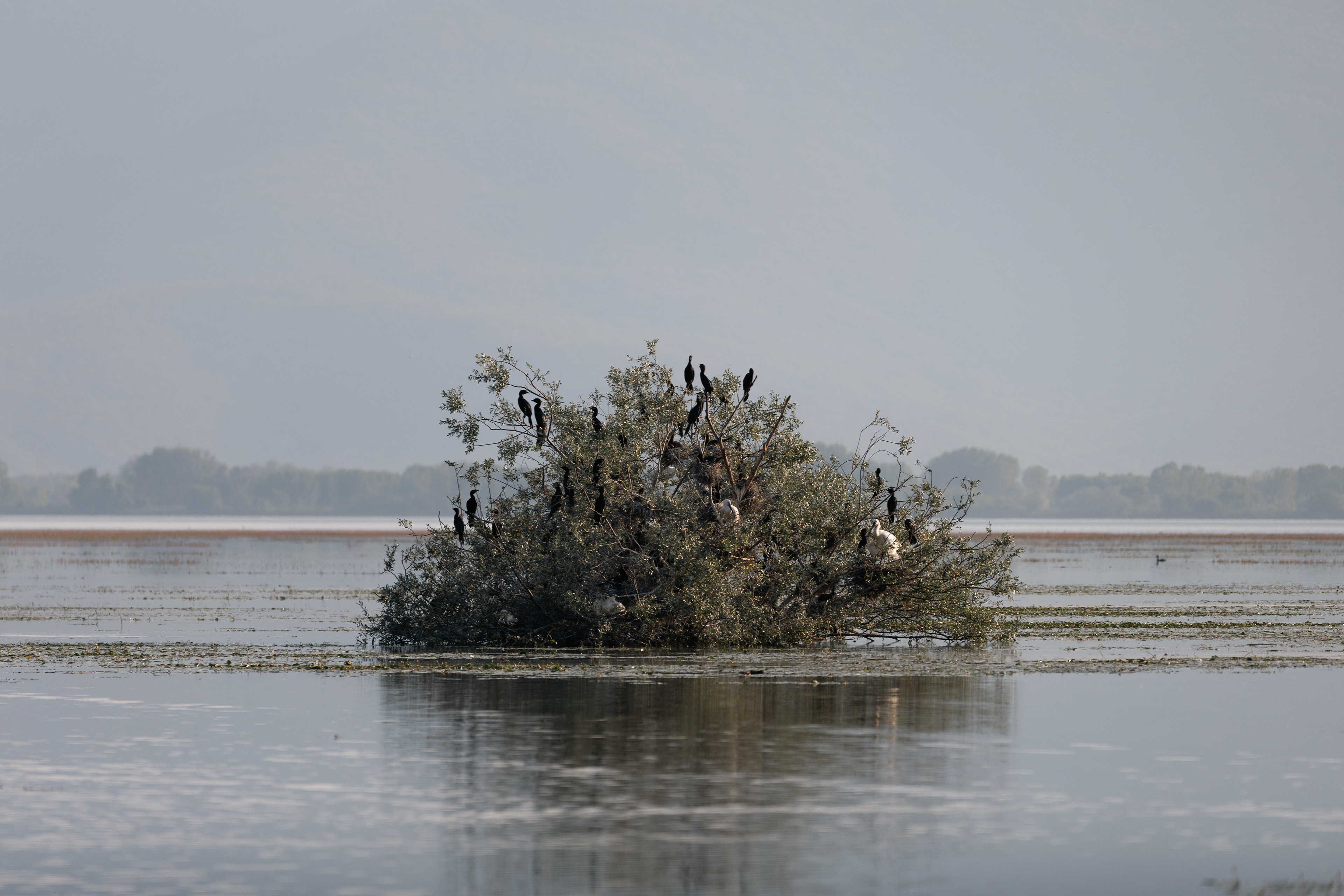
Dalmatian Pelican
The Dalmatian Pelican is one of the largest freshwater birds, known for its impressive wingspan and striking silvery-white feathering. These pelicans are primarily desolate feeders, often seen foraging alone or in small groups, diving to catch fish. Lake Kerkini hosts a significant breeding population, making it a vital site for their conservation.
Pink Pelican
The Pink Pelican, often considered a subspecies of the Great White Pelican, is characterized by its pale pinkish-white feathers. Similar to its relatives, it hunts and feeds in groups, and is known for its graceful flight patterns.
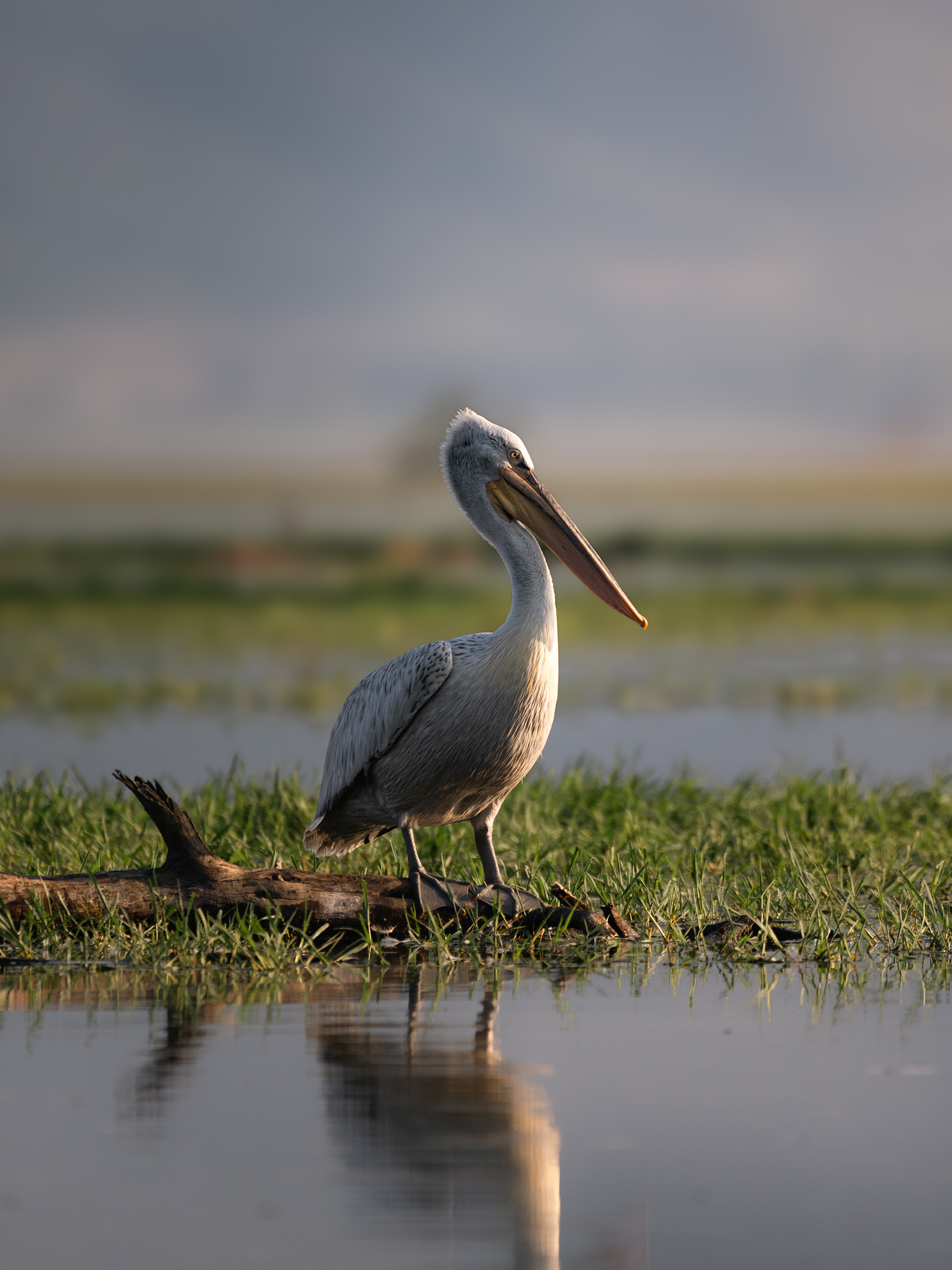
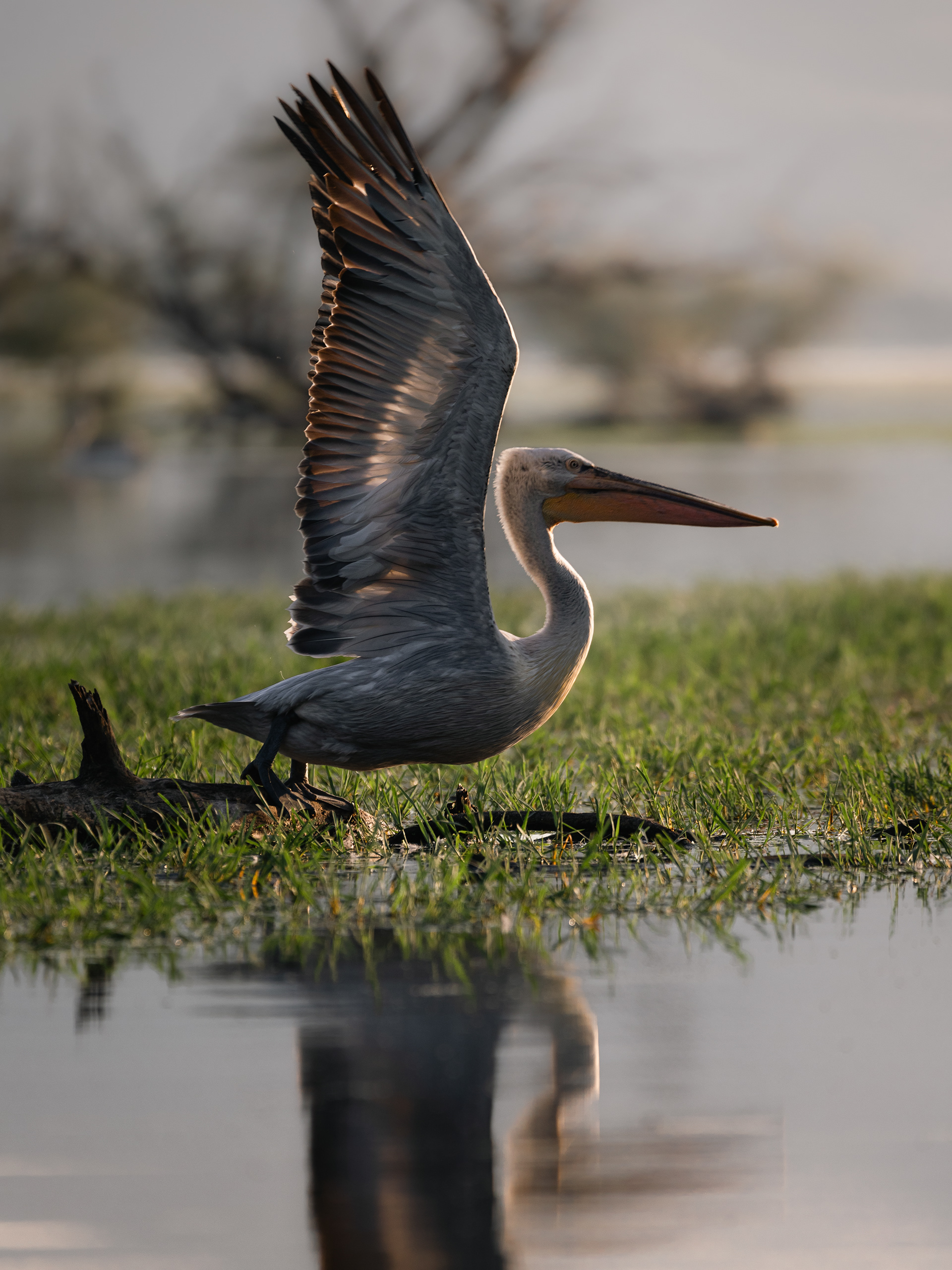
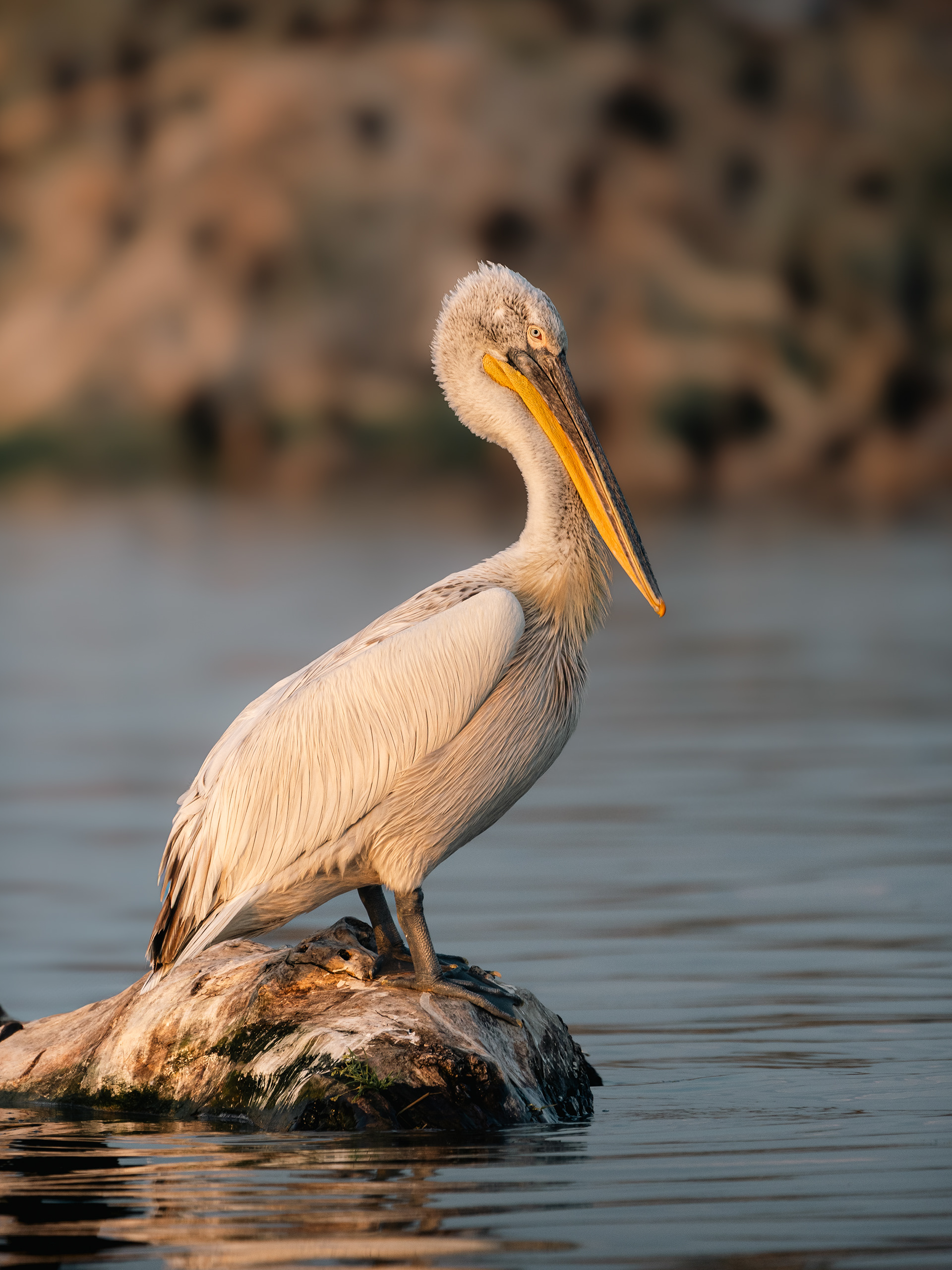
Great Cormorant
The Great Cormorant is a large, black waterbird often seen perched with wings spread wide to dry after diving. These skilled underwater hunters feed mostly on fish and are a common sight around Lake Kerkini, especially on dead tree branches above the water. Cormorants nest in colonies and are known for their striking, prehistoric appearance and synchronized fishing.
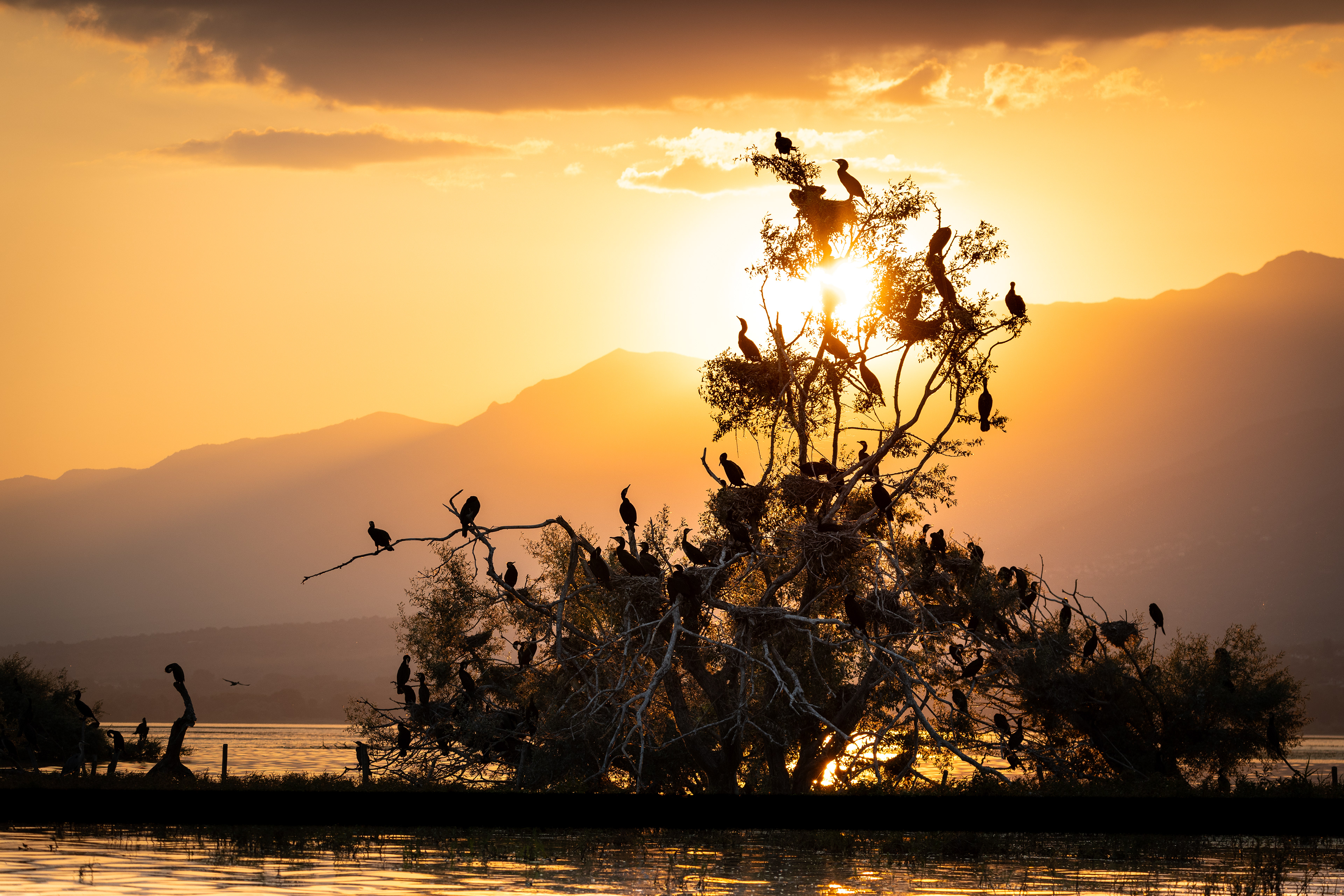
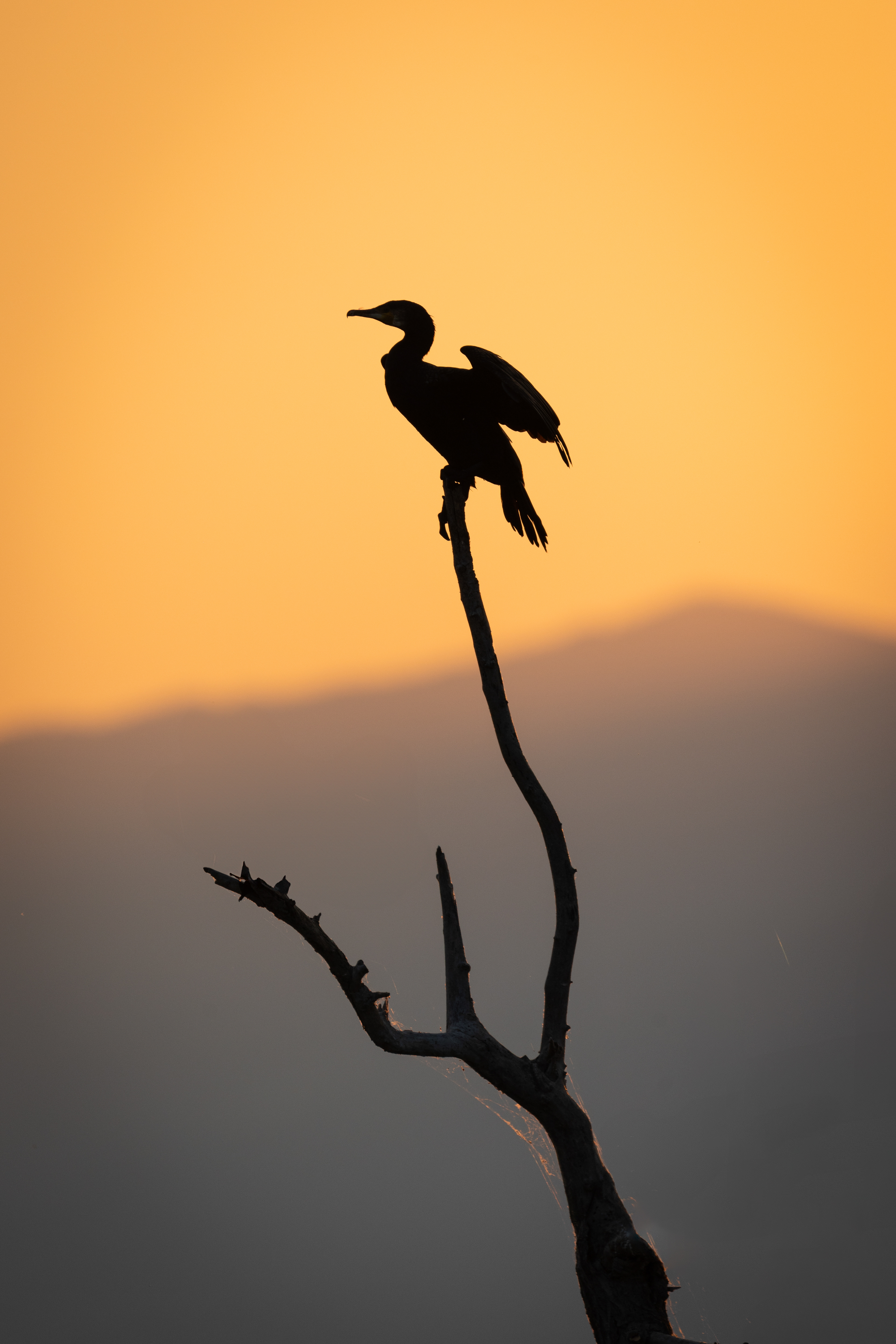
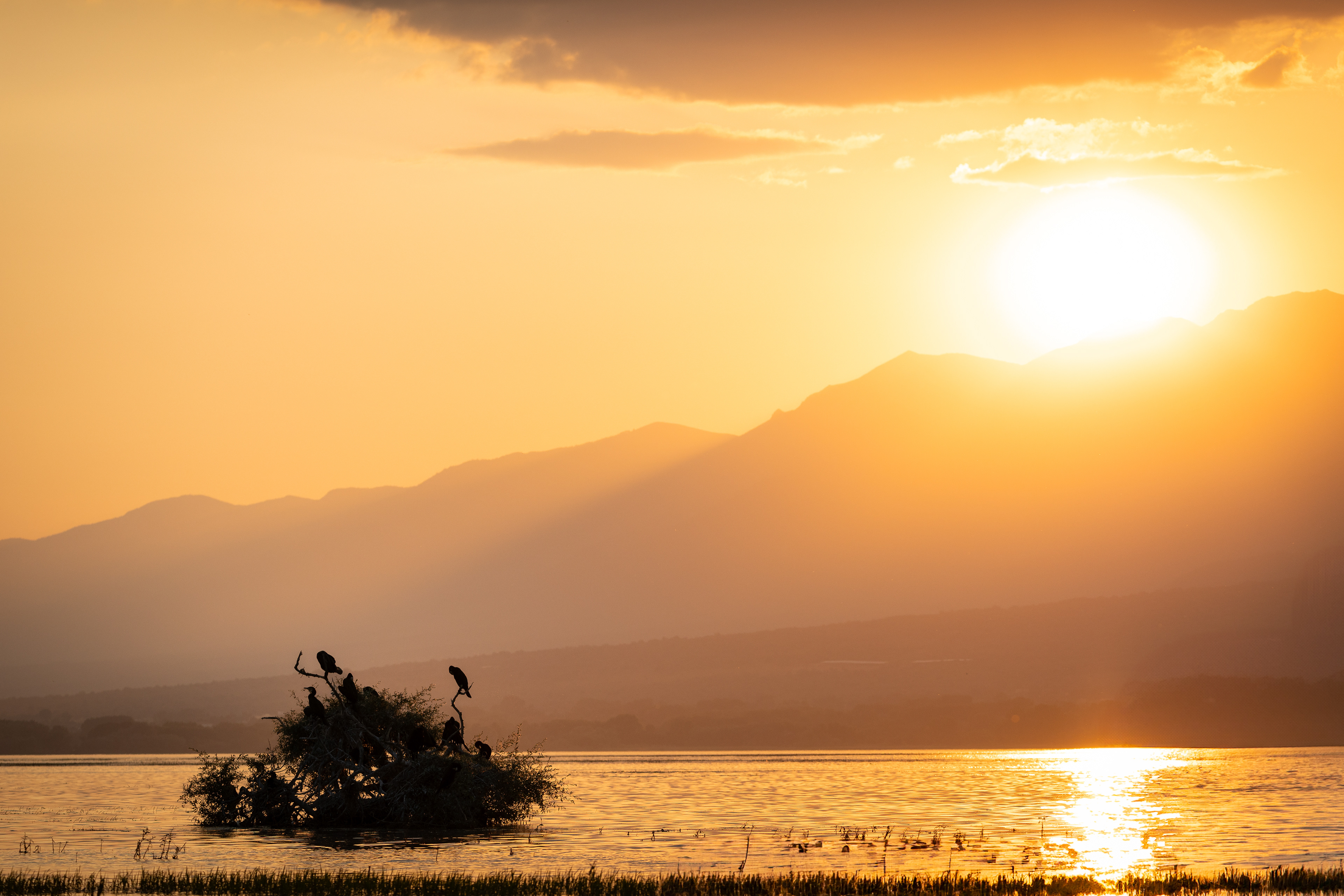
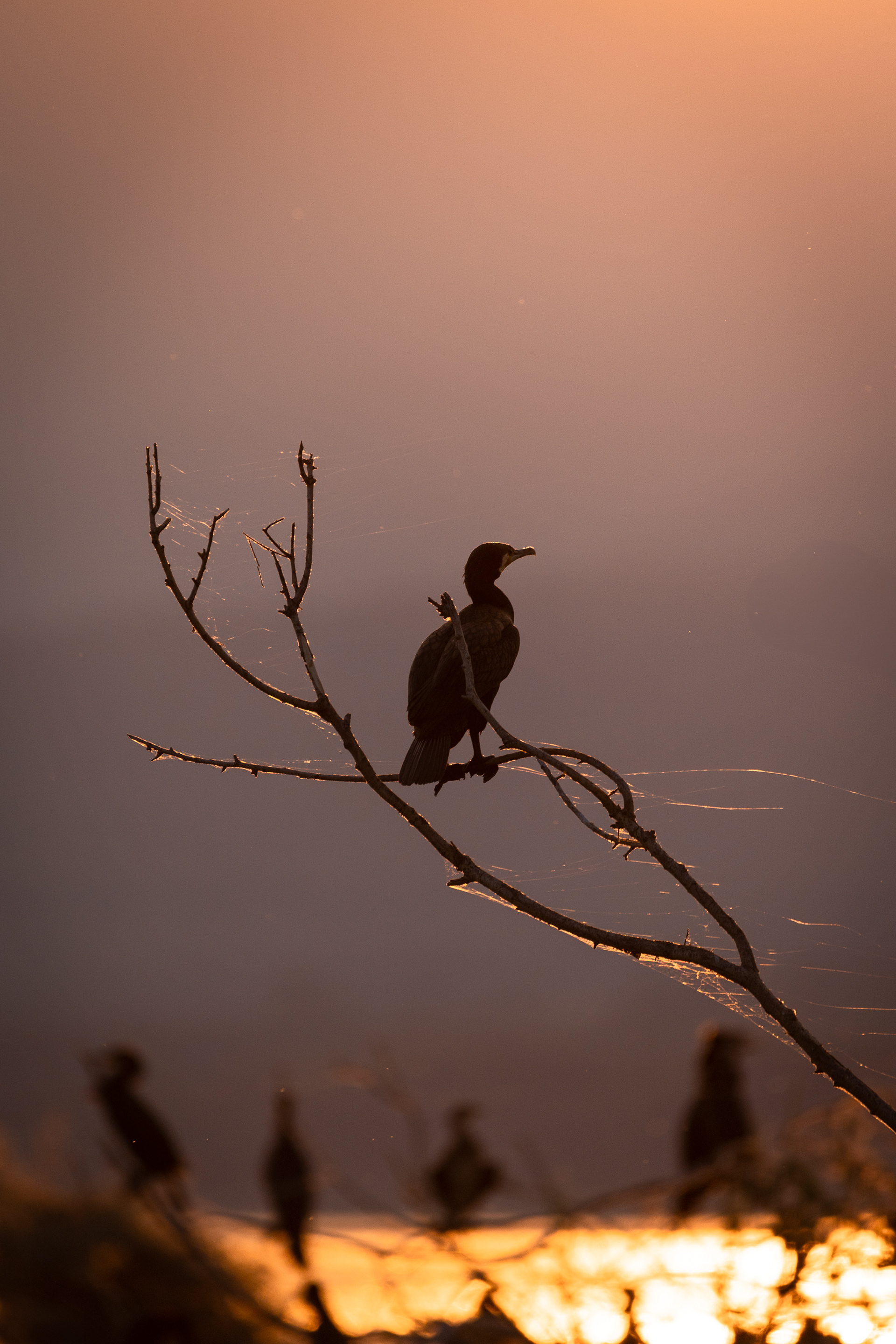
That night, after our private voyage, we headed to Thessaloniki, a city I hadn’t visited in the last six years. After a day spent in such raw, untamed beauty, even the return to the urban life felt poetic. My colleagues and I are already planning of our return.
June 2025